Today I am coming to you with one of my absolute favorite amazing science experiments with everyday materials. I love this experiment because it is fun and super easy to clean up. More importantly, my children love this experiment. I have to always keep yeast in the house now because of it. It takes almost no effort to do this cool experiment with your young children. I typically offer this experiment in the 2-7 age range. I haven’t really tried it with older children, but I know I personally love it, so maybe there isn’t an age limit here.
Doing different, educational activities with children is one of my favorite ways to spend days off with them. Children learn through play, and who doesn’t love warm, foamy, messy play? So gather a few household items and let’s experiment.
Supplies
I am a big fan of using everyday materials to do science experiments with children. As such, I am hopeful that you will have all the ingredients for this project in your home. I don’t have a better name for this activity than the foam activity, although my children call it the yeast activity. Take your pick of what sounds better.
Science experiments offer your child a lot of opportunities to ask questions and make mistakes and and find solutions. I love science with children because there really isn’t a wrong way to do it. You can do it over and over with different variables. If something doesn’t work, no big deal! Just do it again slightly differently.
I always encourage you to leave a lot of space for your child to explore on their own. Yes, mistakes might be made and it may not turn out exactly as planed. But this is how they learn! Sitting and watching someone else do an experiment is nowhere near as much fun as doing it yourself.
I think the larger the better for mason jars, depending on how much mess you are willing to have. We went with 12 ounce mason jars because that was a good size for us. You also can use just about any container that you have on hand
Water
You don’t need much water, just 3 tablespoons of it. It needs to be warm though. I heated a bowl of water and then made the bowl available for my children to dip their tablespoons into it.
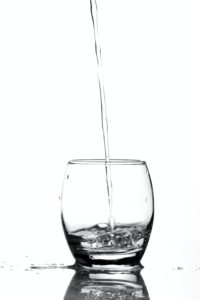
Process
Step 1: Gather Supplies
Gather all your supplies together.
- 1 tablespoon dry yeast
- 1/2 cup hydrogen peroxide
- 1 tablespoon dish soap
- 1 mason jar per child
- Baking pan or tray
- 3 tablespoons of warm water
- Food coloring
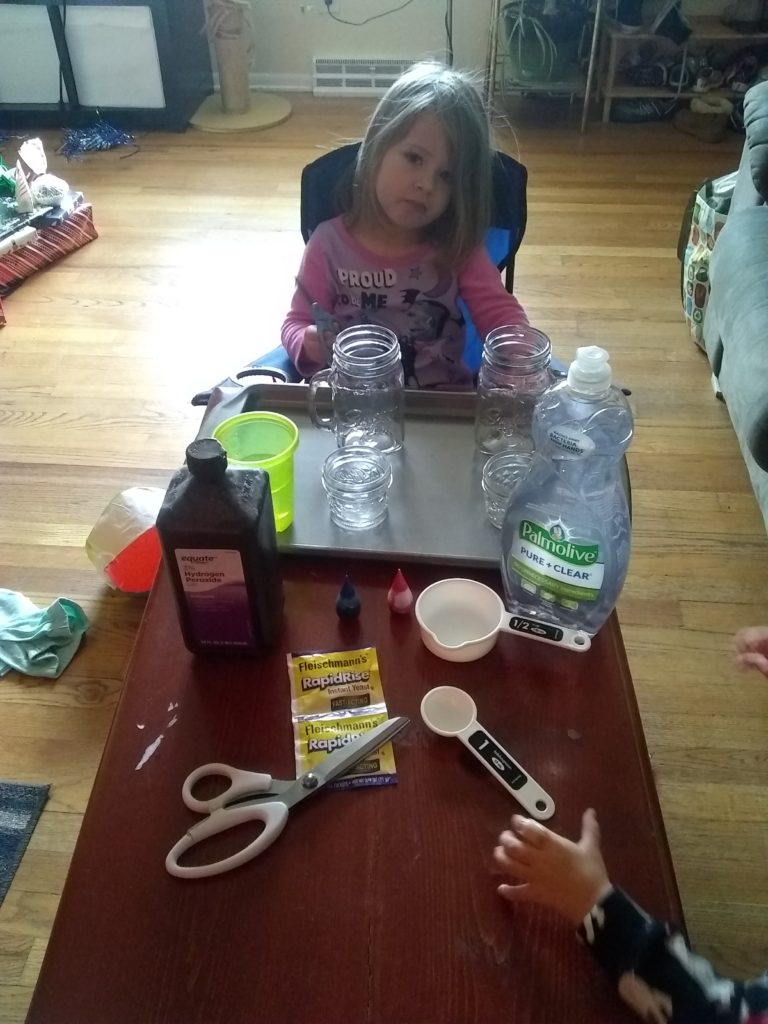
Step 2: Dish Soap
Open your mason lid jars and pour in 1 tablespoon of dish soap.

Step 3: Food Coloring
Drop in 8-10 drops of food coloring.
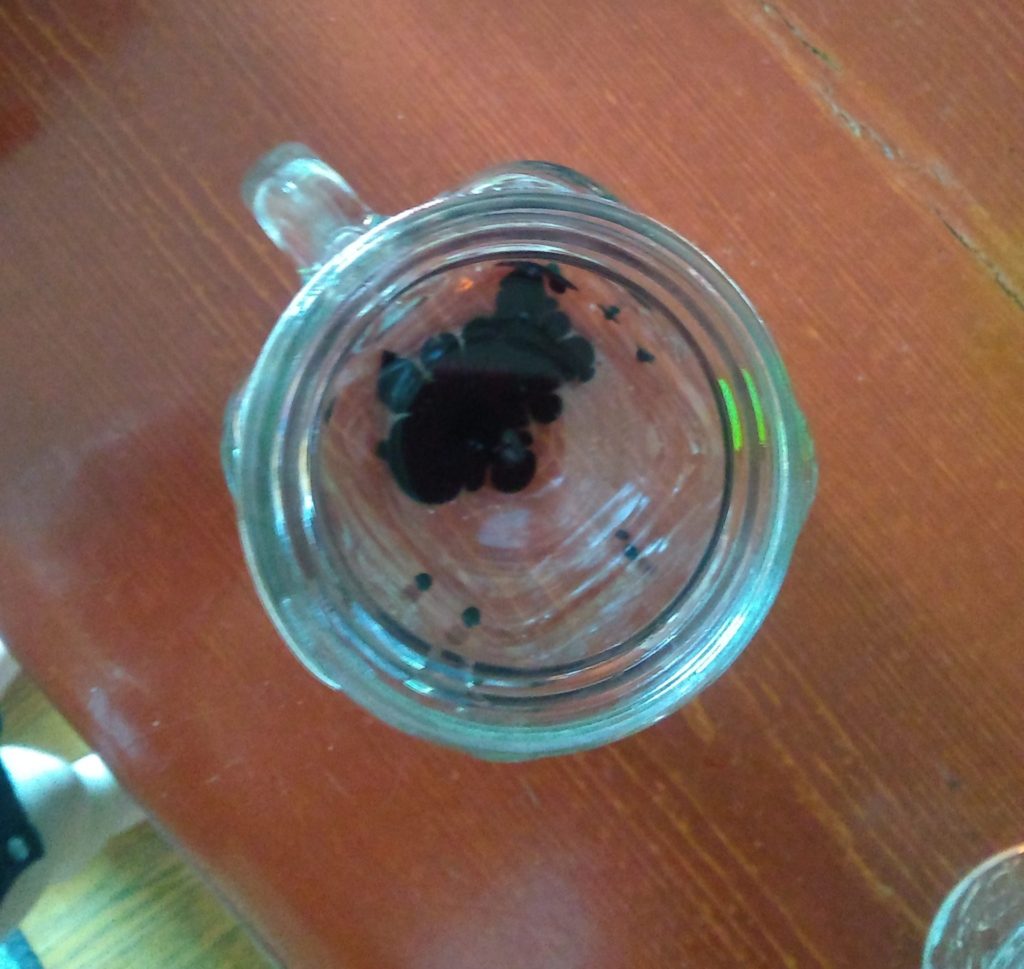
Step 4: Hydrogen peroxide
Pour in 1/2 cup of hydrogen peroxide.
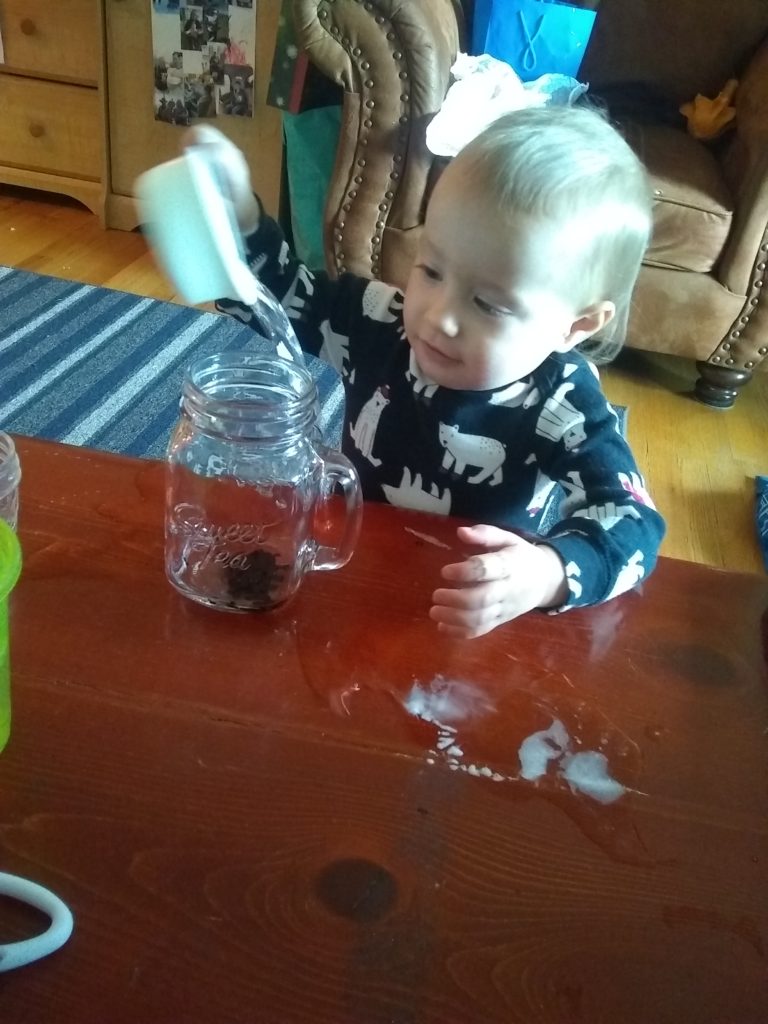
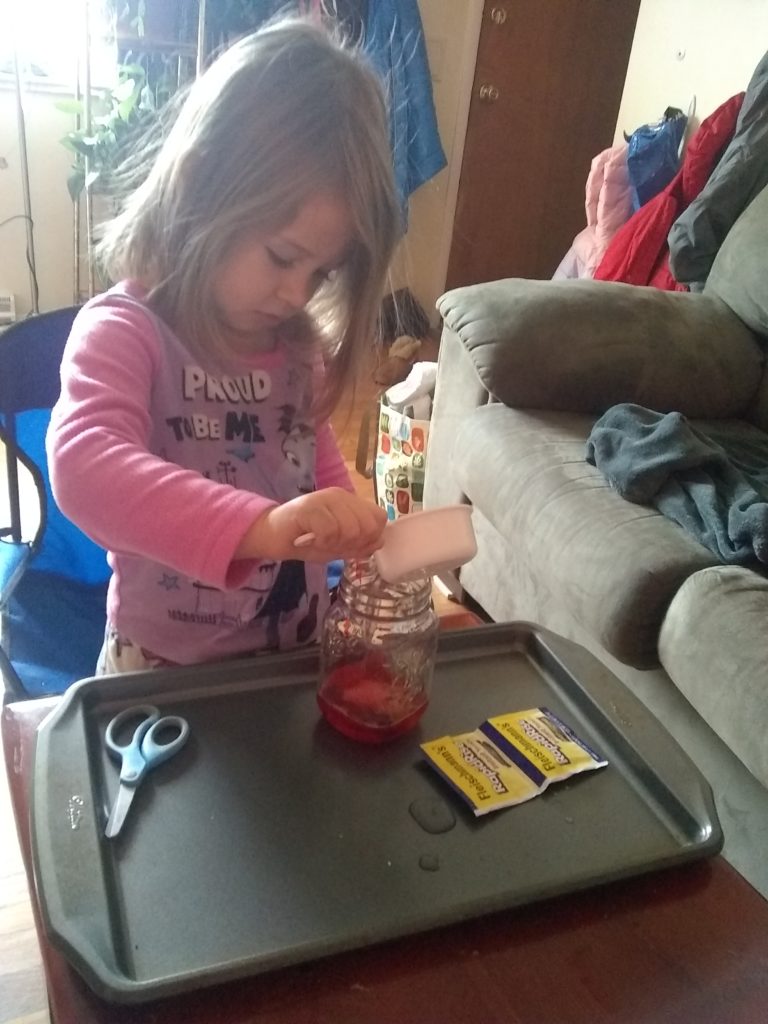
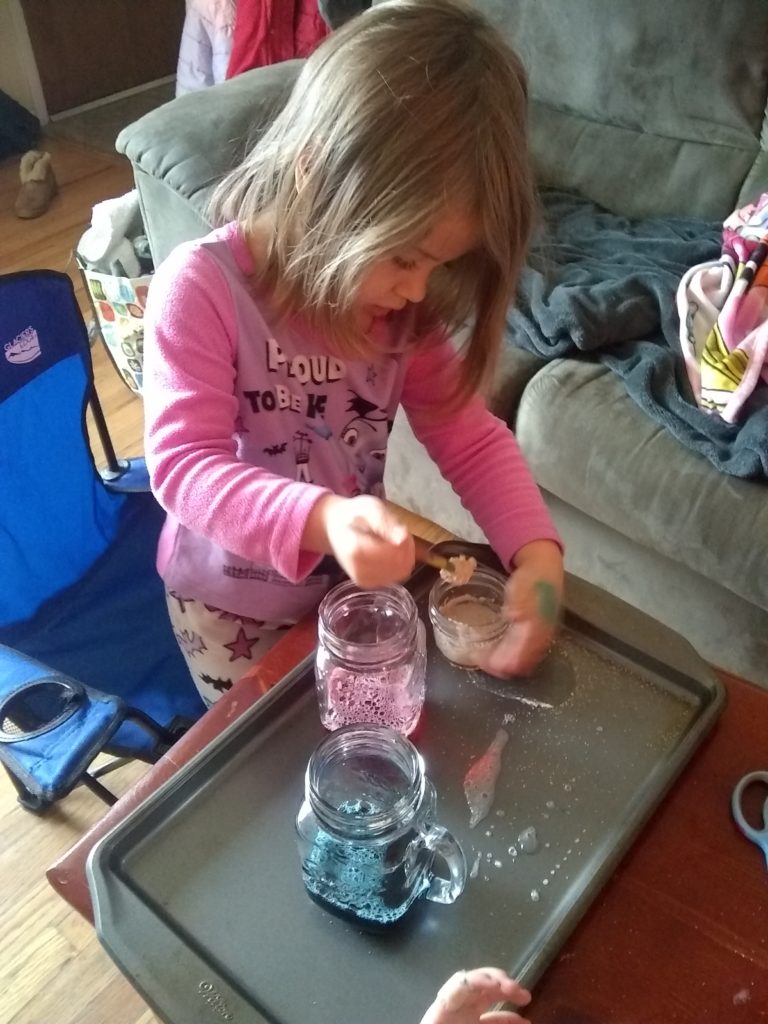
Step 5: Yeast
In a separate container, mix 1 tablespoon of yeast and 3 tablespoons of warm water. This will take around 30 seconds. You should know, it’s a little difficult and messy to mix.
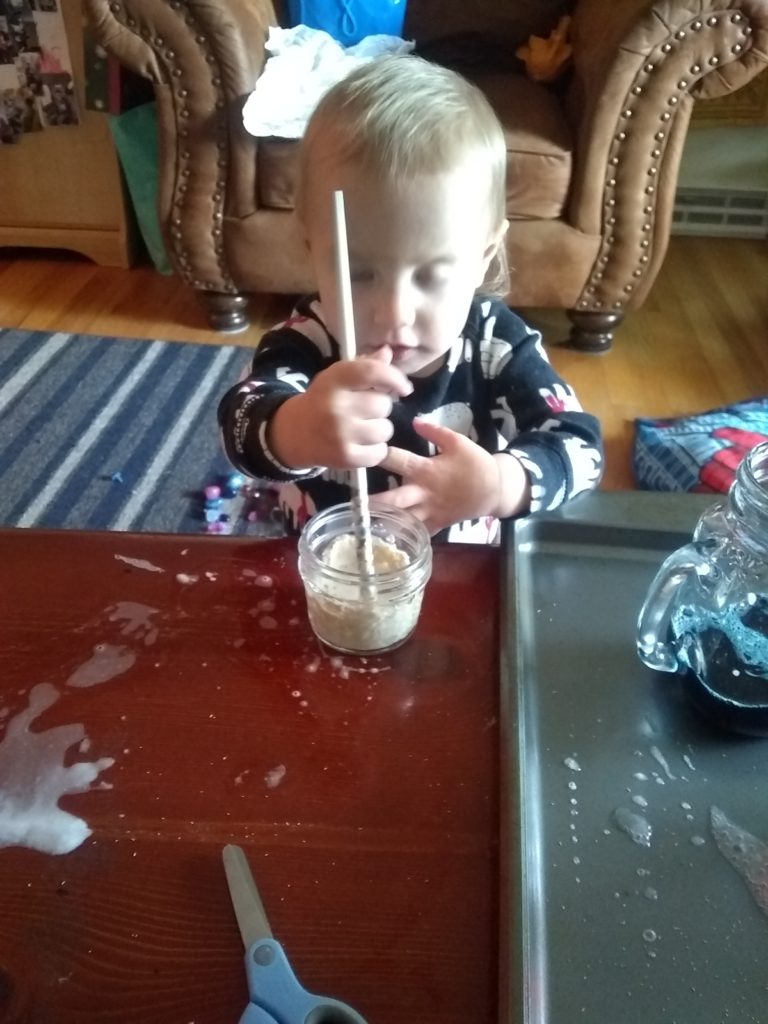
Step 6: Combine
Pour the yeast mixture into the mason jar to join all the ingredients. Stand back and watch what happens!
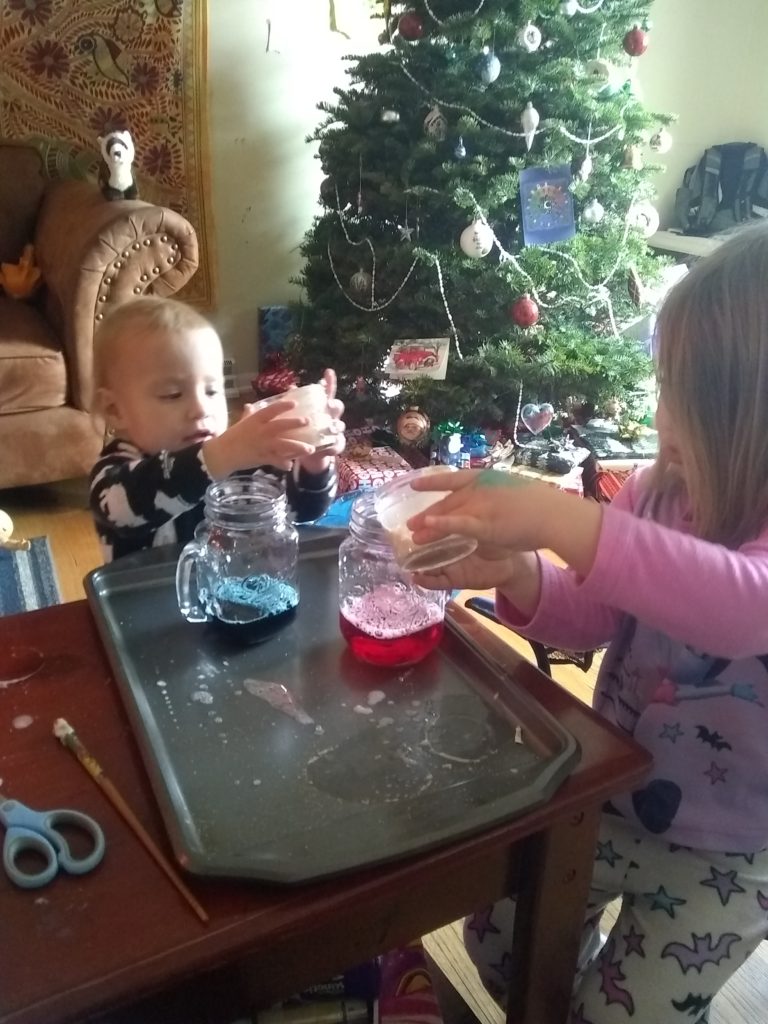
Results
If done correctly, the ingredients will interact and foam up. All of these ingredients are safe to touch as well, so your child gets to jump in and play.
There is so much room for exploring this activity. Think of different colors to mix, or adjusting the ingredients. As I mentioned I don’t know what the dish soap does, so what happens if that is removed? Give your children space to explore and change variables.
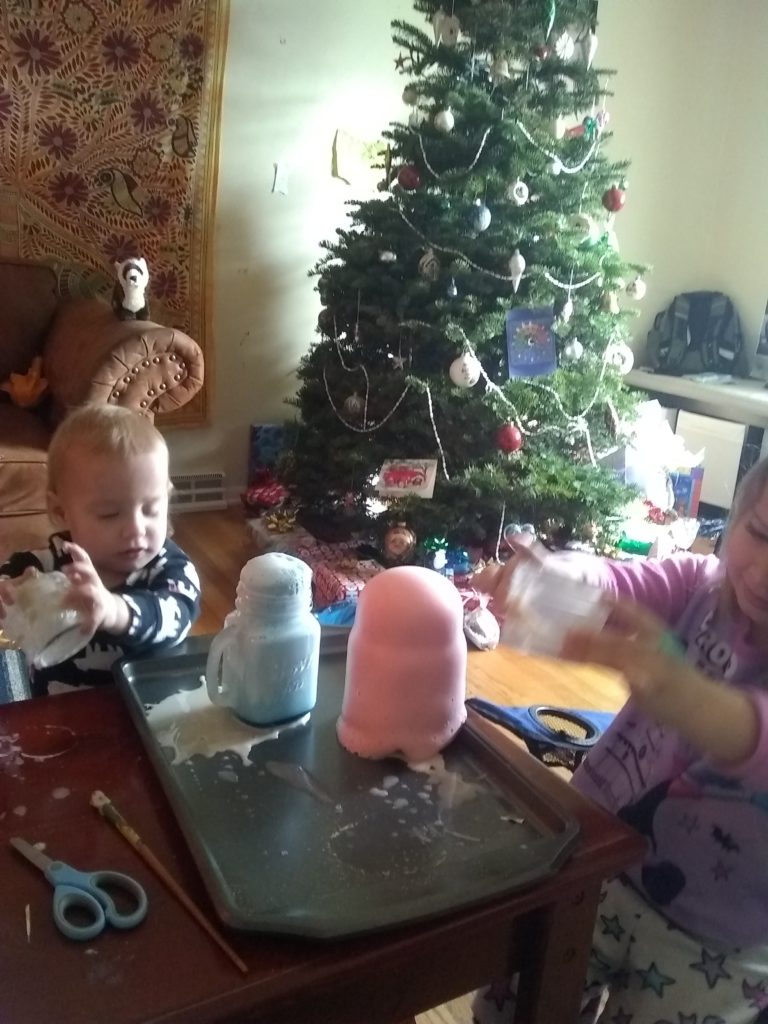
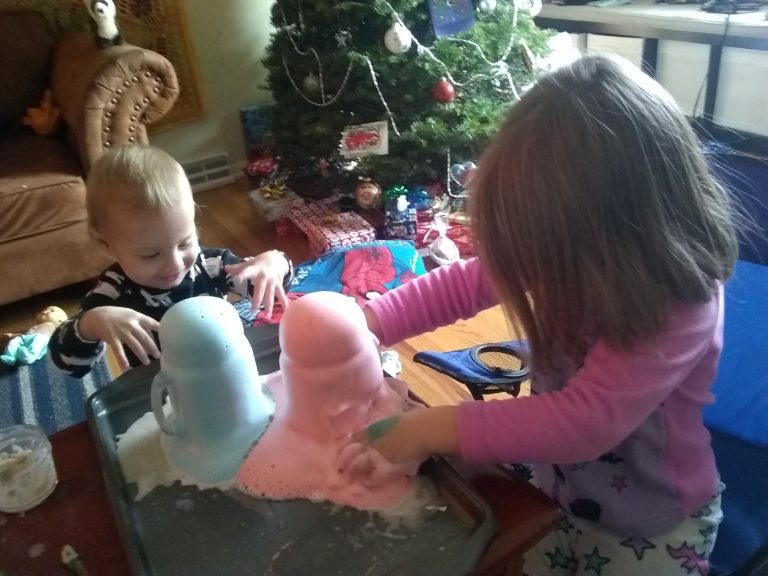

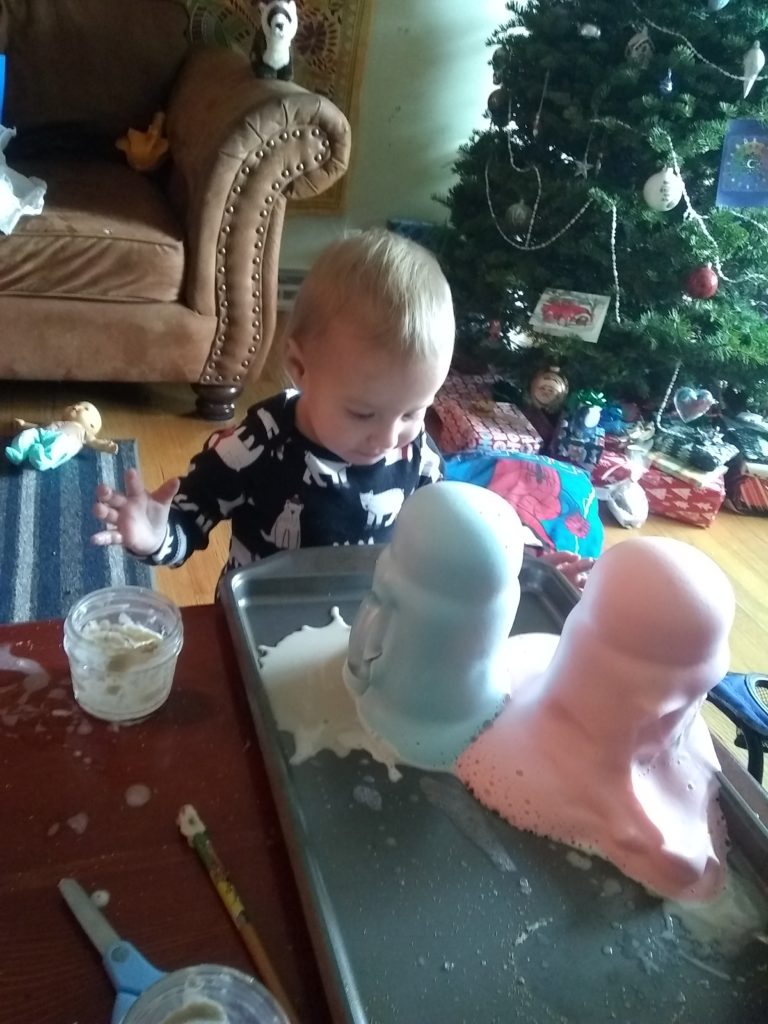
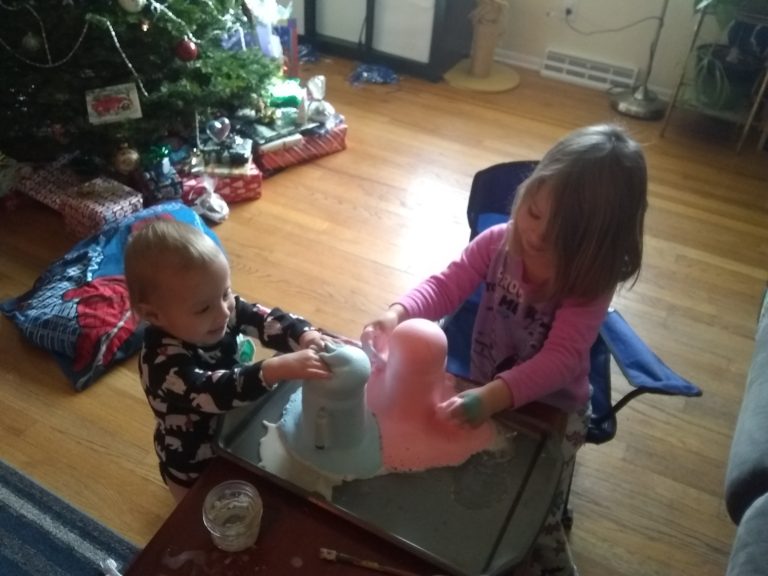
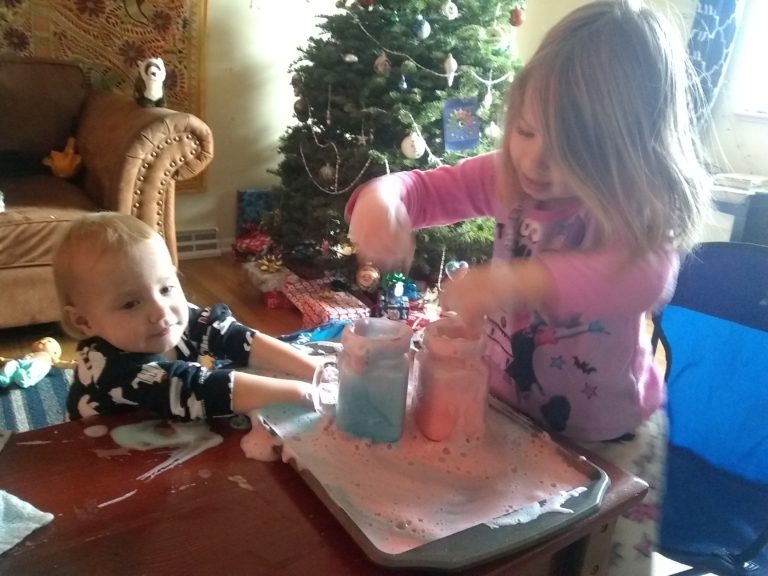










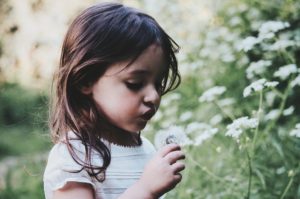
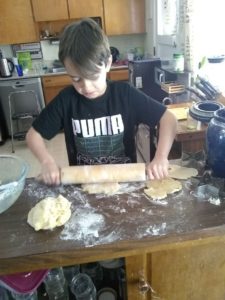
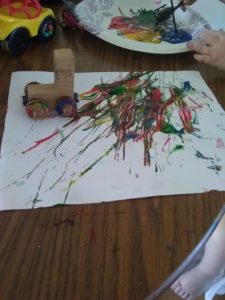
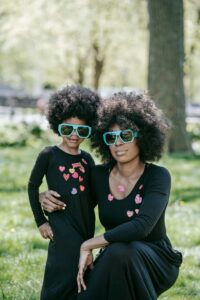

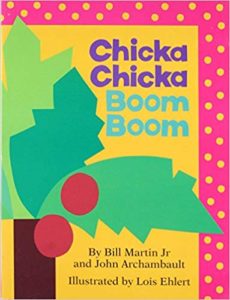
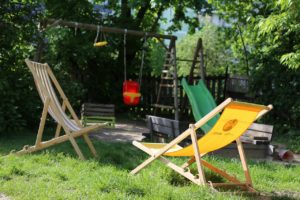
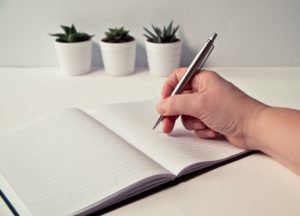
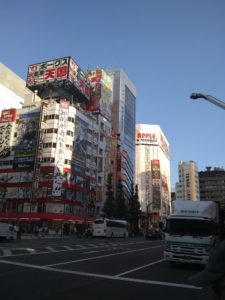
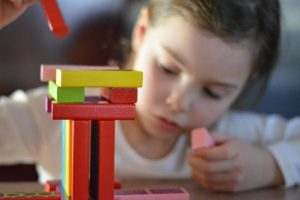



Pingback: Best Diversity Books for Preschoolers - Freedom Inside the Box